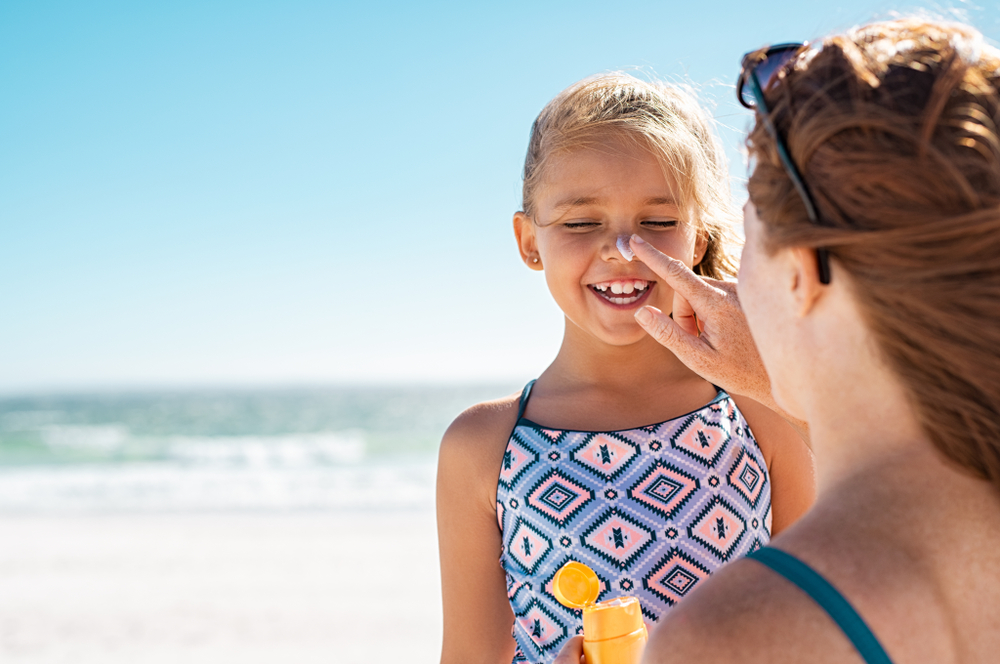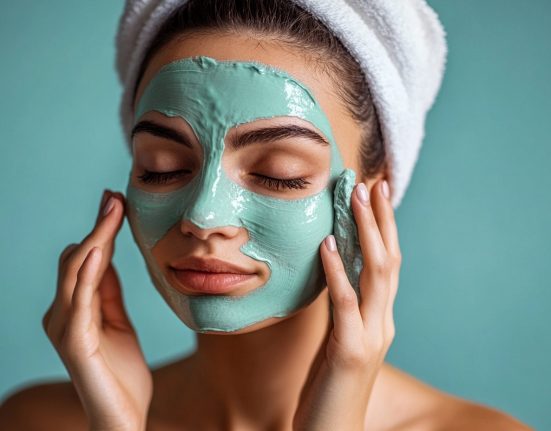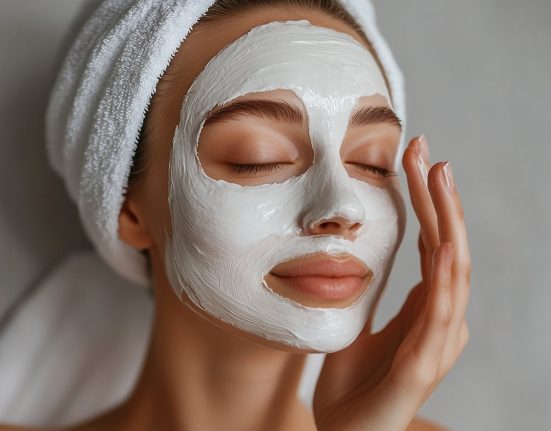The sun plays a vital role in sustaining life on Earth yet it also emits ultraviolet radiation that can be detrimental to human health and these harmful UV rays are primarily responsible for various issues such as skin cancer, sunburn, eye damage and premature ageing. Although occasional sunburns are often unavoidable, it becomes crucial for parents to ensure maximum protection for their children against the sun’s scorching rays.
Failing to do so may result in excessive UV exposure at an early age, consequently increasing the risk of developing skin cancer later in life. Dr Roopam M Gangurde, MD Skin at Skinacea Skin Clinic at Maharashtra’s Nashik, shared, “It is worth noting that a significant portion of non-melanoma skin cancers can be attributed to inadequate protection from the sun during childhood and adolescence.”
Studies have indicated that even a few severe sunburns during childhood can significantly raise the likelihood of developing skin cancer in the future. Dr Roopam M Gangurde said, “It is important to note that children are susceptible to excessive sun exposure not only during poolside activities, beach outings, or vacations but also in their everyday outdoor routines. The delicate nature of their skin necessitates consistent protection from the harmful ultraviolet (UV) rays emitted by the sun. Sunburns or tans serve as visible indicators of skin damage caused by UV radiation.”
Ways to Protect a Child’s Skin from the Sun’s Rays
Medical experts recommend that infants under six months of age should be shielded from direct sunlight as much as possible. Dr Roopam M Gangurde highlighted that given their surroundings can be easily managed, it is advisable to keep kids protected under cover however, for infants who are more mobile and older children, the following sun protection methods can be effective –
- Utilise Sunscreen: Experts recommend that children, regardless of their skin tone, wear sunscreen with a minimum SPF of 30. It should be a broad-spectrum sunscreen, offering protection against both UVA and UVB rays. If children will be near or in water, ensure the sunscreen is labeled as water-resistant. Apply an ample amount of sunscreen and reapply it regularly.
- Avoid Peak Sun Hours: It is advisable to seek shade during the sun’s strongest hours, typically between 10 am and 4 pm in the northern hemisphere. If children are exposed to the sun during this period, remember to apply and reapply sunscreen, even during backyard play. Many instances of sun damage occur during everyday activities when sunscreen is easily overlooked. Even on cloudy, cool, or overcast days, UV rays can still reach the Earth and cause sunburn and skin damage.
- Cover Up: Covering up is one of the most effective ways to protect the skin. To check if clothes provide sufficient protection, place your hand inside and ensure it cannot be seen through the fabric. Some clothing items have an ultraviolet protection factor (UPF) that guards against the sun, so check the labels. Babies, who have more susceptible skin, should be kept out of direct sunlight whenever possible. If they must be in the sun, dress them in lightweight clothing that covers their body, including wide-brimmed hats to shield their face. For babies younger than six months with small areas of exposed skin (such as the face), apply a small amount of SPF 30 sunscreen to those specific areas. Even older children should seek refuge from the sun. For outdoor activities, bring along a wide umbrella or a pop-up tent to provide shade. If the weather permits and it won’t make them more uncomfortable, have children wear lightweight long-sleeved shirts and/or long pants.
- Make them Wear Sunglasses: The eyes are also susceptible to sun damage. Prolonged sun exposure can lead to cataracts later in life. To protect the eyes, ensure children wear sunglasses that offer 100% UV protection. Allow children to choose their sunglasses, as there are many fun options available with colorful frames or featuring their favorite cartoon characters. Look for sunglasses that provide at least 99% UV protection.
Dr Roopam M Gangurde concluded, “Encourage children to enjoy outdoor activities without letting the fear of sunburn hinder their experiences. By adhering to these straightforward guidelines of wearing appropriate clothing, applying sunscreen correctly, and seeking shade during peak hours of UV radiation, it is possible to significantly minimize the risk of skin damage.”








